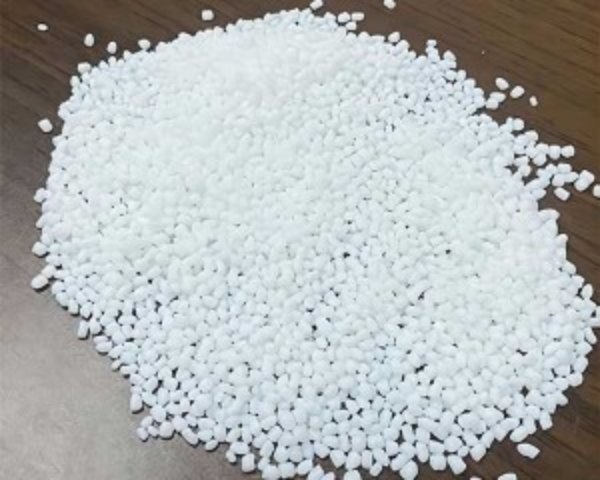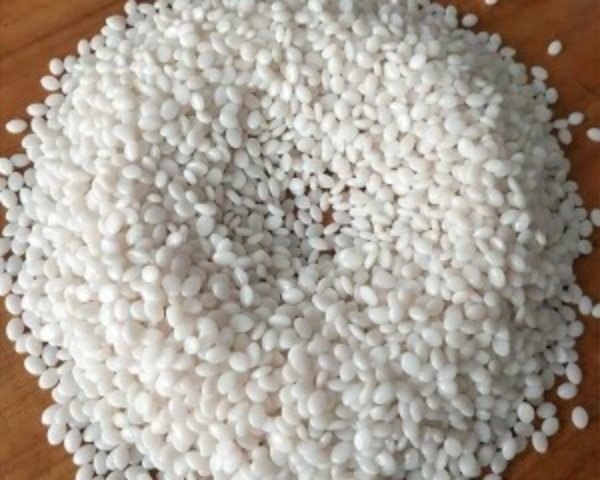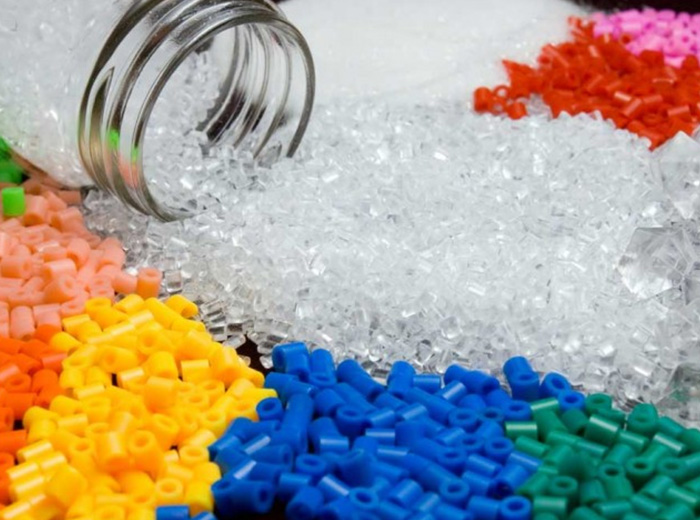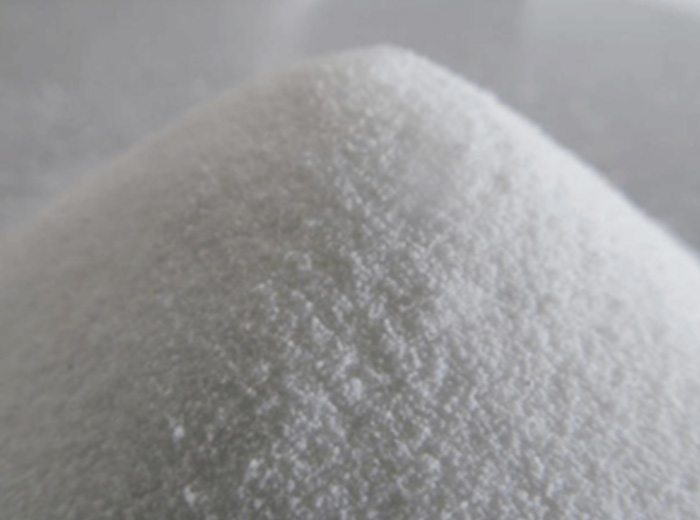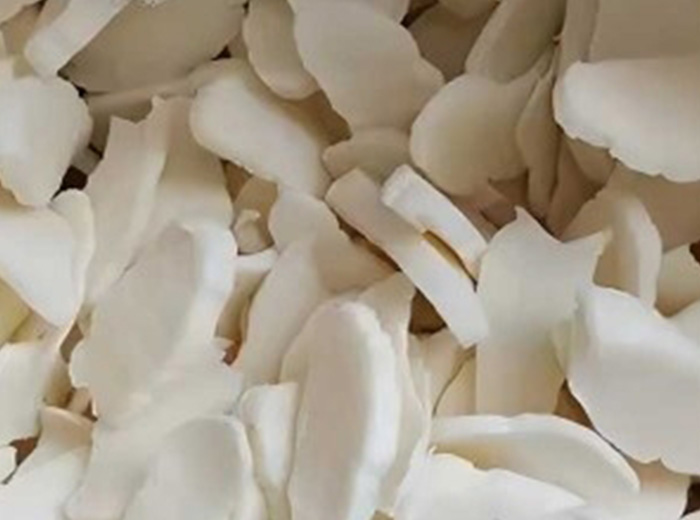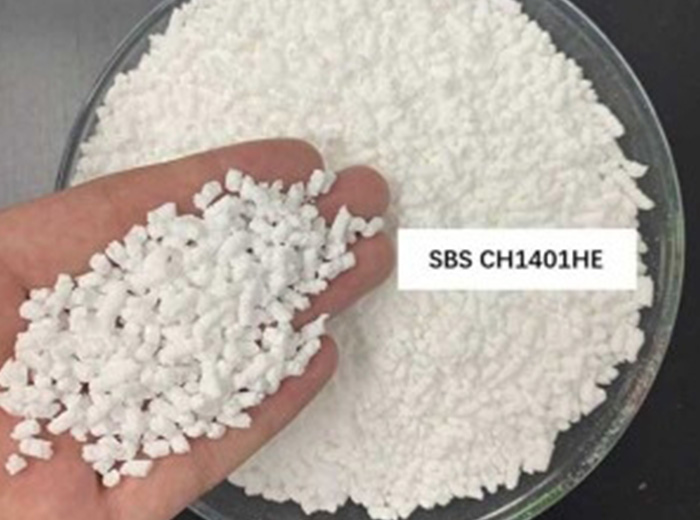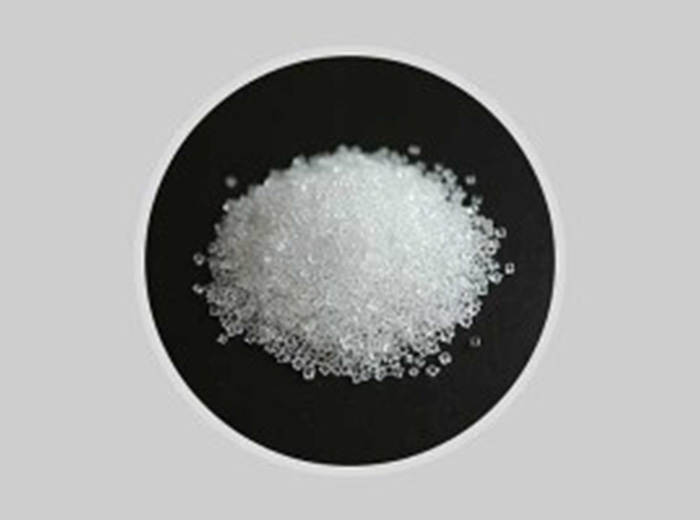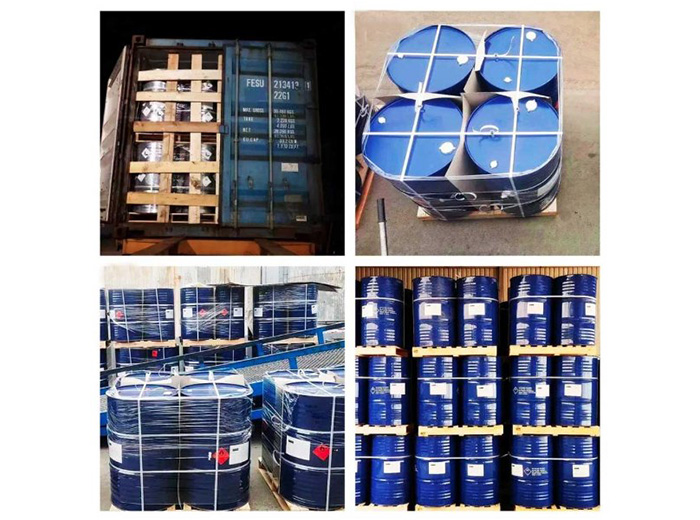Characteristics:
- Decomposability: The primary trait of biodegradable material is their ability to break down into simpler compounds through natural processes. Microorganisms, such as bacteria and fungi, play a crucial role in this decomposition.
- Renewable Source: Biodegradable material are often derived from renewable resources like plants, animals, or microorganisms. This ensures a sustainable supply chain, reducing dependence on finite resources.
- Reduced Environmental Impact: Compared to non-biodegradable materials, biodegradable alternatives have a lower environmental impact. They help mitigate issues related to pollution and the accumulation of persistent waste in landfills.
- Circular Economy Contribution: Biodegradable material support the principles of a circular economy by promoting the efficient use of resources. They can be integrated into waste management systems that facilitate their return to the environment or repurposing through recycling.
- Carbon Footprint Reduction: The production of biodegradable material often involves fewer greenhouse gas emissions compared to traditional materials, contributing to efforts to reduce overall carbon footprints.
What is Biodegradable Materials
Biodegradable materials are substances that can naturally decompose and break down into simpler, environmentally benign components over time, thanks to the action of microorganisms. These materials play a crucial role in sustainable practices, as they contribute to reducing environmental impact and waste. Derived from renewable resources such as plants, animals, or microorganisms, biodegradable materials encompass a wide range of products, including packaging, textiles, and disposable items.
Key characteristics of biodegradable materials include their ability to undergo microbial degradation, ultimately returning to the natural environment without leaving persistent residues. This contrasts with non-biodegradable materials, which often contribute to long-lasting environmental pollution. Biodegradable material contribute to the circular economy by promoting the responsible use of resources, minimizing landfill waste, and reducing the carbon footprint associated with traditional manufacturing processes.
Characteristics:
- Decomposability: The primary trait of biodegradable material is their ability to break down into simpler compounds through natural processes. Microorganisms, such as bacteria and fungi, play a crucial role in this decomposition.
- Renewable Source: Biodegradable material are often derived from renewable resources like plants, animals, or microorganisms. This ensures a sustainable supply chain, reducing dependence on finite resources.
- Reduced Environmental Impact: Compared to non-biodegradable materials, biodegradable alternatives have a lower environmental impact. They help mitigate issues related to pollution and the accumulation of persistent waste in landfills.
- Circular Economy Contribution: Biodegradable material support the principles of a circular economy by promoting the efficient use of resources. They can be integrated into waste management systems that facilitate their return to the environment or repurposing through recycling.
- Carbon Footprint Reduction: The production of biodegradable material often involves fewer greenhouse gas emissions compared to traditional materials, contributing to efforts to reduce overall carbon footprints.
CHEMBROAD Biodegradable Materials
Polybutylene terephthalate (PBT) resin is a thermoplastic polymer derived from the polymerization of butanediol (BDO) and terephthalic acid (PTA). It is known for its notable mechanical and electrical properties, including high heat resistance, toughness, and good dimensional stability. PBT resin is commonly used in various applications such as automotive components, electrical connectors, and consumer goods due to its combination of strength, moldability, and resistance to chemicals and heat.
PBAT stands as a biodegradable aliphatic-aromatic copolymer that, after modification, finds application in the blown film process. Possessing mechanical qualities comparable to PP and ABS, PBAT exhibits excellent heat resistance and remarkable processability. Its versatility allows for diverse processing on conventional blown film plants, making it the top choice for biodegradable plastics in terms of current market processability. Additionally, it can be blended with materials like calcium carbonate and starch to create cost-effective products.

